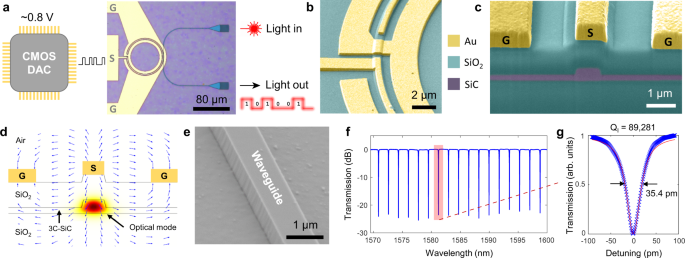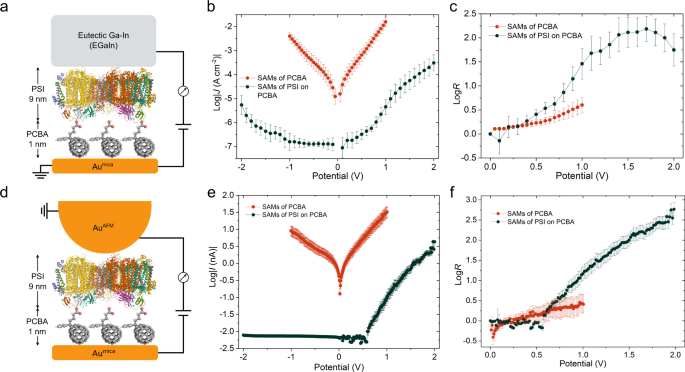変調器は量子通信に使える可能性がある Modulator could be used in quantum communications
2022-04-27 ハーバード大学
このたび、ハーバード大学ジョン・A・ポールソン工学・応用科学大学院(SEAS)とシドニー大学との3年間の共同研究により、かさばる従来のシステムよりも小型で強力、低温、高速かつコスト効率の高いオンチップシステムである新世代の電気光学変調器の開発に成功しました。炭化ケイ素という化合物を利用したこの変調器は、光通信やマイクロ波フォトニクスを促進し、従来の電子機器や量子エミッターとの統合を容易にすることが期待されます
本研究は、『Nature Communications』に掲載されました。
<関連情報>
- https://www.seas.harvard.edu/news/2022/04/silicon-carbide-modulator-overcomes-three-decades-long-missing-block-0
- https://www.nature.com/articles/s41467-022-29448-5
集積型炭化ケイ素電気光学変調器 Integrated silicon carbide electro-optic modulator
Keith Powell,Liwei Li,Amirhassan Shams-Ansari,Jianfu Wang,Debin Meng,Neil Sinclair,Jiangdong Deng,Marko Lončar & Xiaoke Yi
Nature Communications Published: DOI:https://doi.org/10.1038/s41467-022-29448-5

Abstract
Owing to its attractive optical and electronic properties, silicon carbide is an emerging platform for integrated photonics. However an integral component of the platform is missing—an electro-optic modulator, a device which encodes electrical signals onto light. As a non-centrosymmetric crystal, silicon carbide exhibits the Pockels effect, yet a modulator has not been realized since the discovery of this effect more than three decades ago. Here we design, fabricate, and demonstrate a Pockels modulator in silicon carbide. Specifically, we realize a waveguide-integrated, small form-factor, gigahertz-bandwidth modulator that operates using complementary metal-oxide-semiconductor (CMOS)-level voltages on a thin film of silicon carbide on insulator. Our device is fabricated using a CMOS foundry compatible fabrication process and features no signal degradation, no presence of photorefractive effects, and stable operation at high optical intensities (913 kW/mm2), allowing for high optical signal-to-noise ratios for modern communications. Our work unites Pockels electro-optics with a CMOS foundry compatible platform in silicon carbide.



